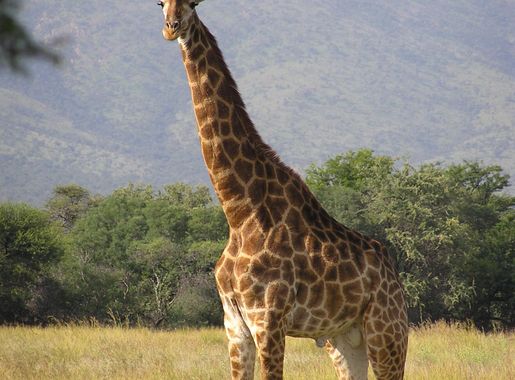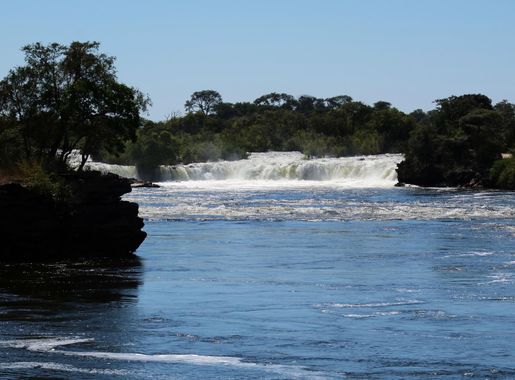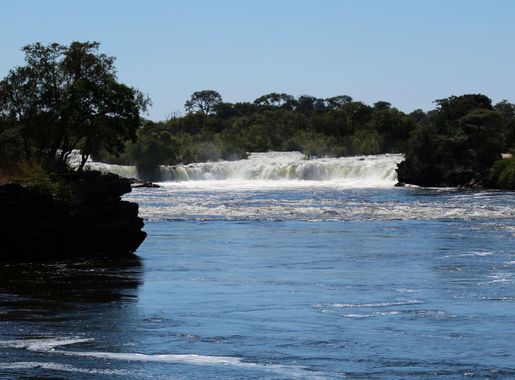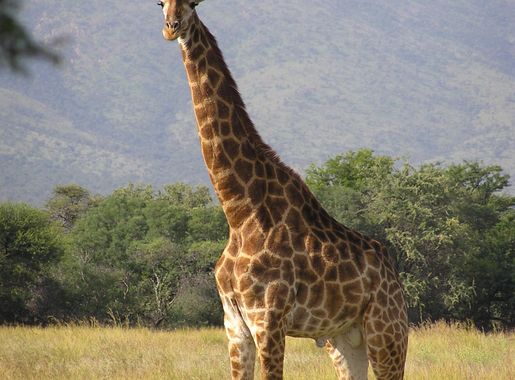
Sioma Ngwezi National Park: Zambia’s Hidden Gem
Discover Sioma Ngwezi National Park, Zambia's untouched wilderness, teeming with diverse wildlife, scenic landscapes, and rich cultural heritage.
Sioma Ngwezi National Park, located in the southwestern region of Zambia, is an untouched wilderness waiting to be explored. Spanning over 5,000 square kilometers, this national park offers a unique blend of scenic beauty, diverse wildlife, and a tranquil atmosphere that is perfect for nature enthusiasts and adventure seekers alike. Visitors to Sioma Ngwezi can expect to see a wide variety of wildlife, including elephants, zebras, and antelope. The park is also home to several bird species, making it a paradise for bird watchers. Unlike more commercialized parks, Sioma Ngwezi provides a more intimate and authentic safari experience, allowing you to connect deeply with nature. The park's landscape is characterized by lush miombo woodlands, open grasslands, and the Ngwezi River, which adds to its picturesque charm. Visitors can explore the park through guided game drives or walking safaris, offering different perspectives of this beautiful terrain. For those seeking a more immersive experience, camping under the clear African skies is an unforgettable adventure. Sioma Ngwezi is not just about wildlife and scenery; it is also rich in cultural heritage. The nearby Sioma Falls, a lesser-known but equally impressive counterpart to Victoria Falls, is a must-visit. The local Lozi people are known for their warm hospitality and fascinating traditions, offering tourists a chance to experience the local culture first-hand.
Local tips in Sioma Ngwezi National Park
- Visit during the dry season from May to October for the best wildlife viewing.
- Bring binoculars for bird watching; the park is home to several unique species.
- Consider hiring a local guide for an enriched experience and deeper insights into the park's flora and fauna.
- Don’t miss the nearby Sioma Falls for a spectacular natural sight.
- Pack sufficient food and water as facilities within the park are limited.
Sioma Ngwezi National Park: Zambia’s Hidden Gem
Sioma Ngwezi National Park, located in the southwestern region of Zambia, is an untouched wilderness waiting to be explored. Spanning over 5,000 square kilometers, this national park offers a unique blend of scenic beauty, diverse wildlife, and a tranquil atmosphere that is perfect for nature enthusiasts and adventure seekers alike. Visitors to Sioma Ngwezi can expect to see a wide variety of wildlife, including elephants, zebras, and antelope. The park is also home to several bird species, making it a paradise for bird watchers. Unlike more commercialized parks, Sioma Ngwezi provides a more intimate and authentic safari experience, allowing you to connect deeply with nature. The park's landscape is characterized by lush miombo woodlands, open grasslands, and the Ngwezi River, which adds to its picturesque charm. Visitors can explore the park through guided game drives or walking safaris, offering different perspectives of this beautiful terrain. For those seeking a more immersive experience, camping under the clear African skies is an unforgettable adventure. Sioma Ngwezi is not just about wildlife and scenery; it is also rich in cultural heritage. The nearby Sioma Falls, a lesser-known but equally impressive counterpart to Victoria Falls, is a must-visit. The local Lozi people are known for their warm hospitality and fascinating traditions, offering tourists a chance to experience the local culture first-hand.
When is the best time to go to Sioma Ngwezi National Park?
Unmissable attractions to see
Mosi-oa-Tunya National Park
Explore Mosi-oa-Tunya National Park: A breathtaking fusion of wildlife, nature, and the iconic Victoria Falls awaits you in Zambia.
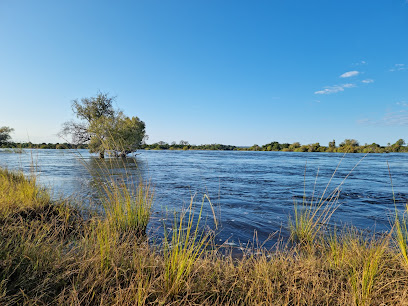
South Luangwa National Park
Experience the breathtaking wildlife and stunning landscapes of South Luangwa National Park, a top safari destination in Zambia.
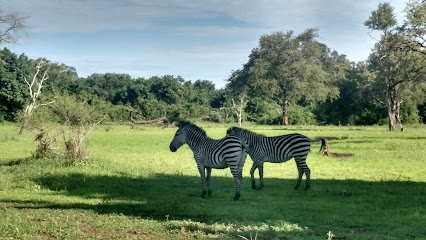
Lumangwe Falls
Experience the breathtaking beauty of Lumangwe Falls, a hidden gem in Zambia, surrounded by lush nature and stunning landscapes.
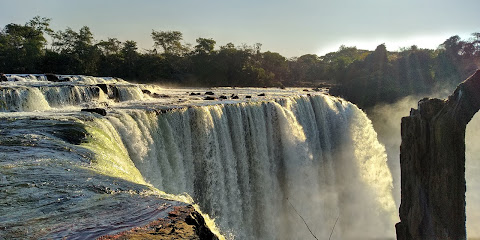
Ngonye Falls National Park
Explore the breathtaking natural beauty and diverse wildlife of Ngonye Falls National Park, a gem of Zambia's wilderness.
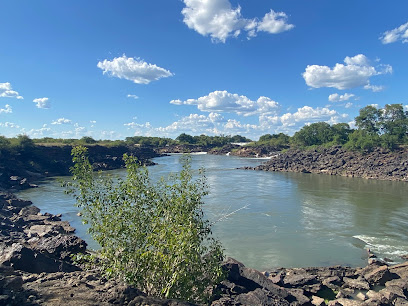
Mutanda Falls
Experience the breathtaking beauty of Mutanda Falls, a serene tourist attraction in Zambia, perfect for nature enthusiasts and adventure seekers alike.
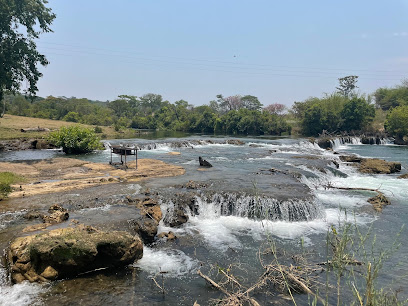
Sioma Falls
Experience the breathtaking beauty of Sioma Falls, a natural wonder in Zambia, perfect for adventurers and photographers seeking unforgettable landscapes.
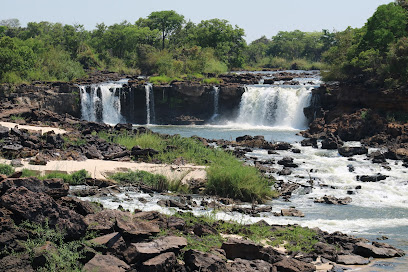
Horseshoe Viewpoint
Discover the breathtaking vistas of Horseshoe Viewpoint in Ngonga, Namibia, a stunning tourist attraction perfect for nature lovers and photographers alike.
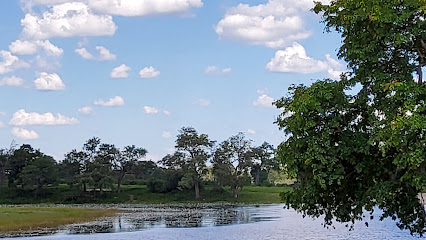
Sioma Bridge
Discover the stunning Sioma Bridge in Zambia, a marvel of engineering with breathtaking views and rich cultural experiences waiting to be explored.
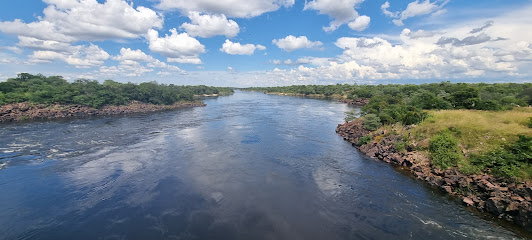
Devil's Pool
Experience the thrill of swimming at the edge of Victoria Falls in Devil's Pool, a remarkable natural wonder in Zimbabwe.
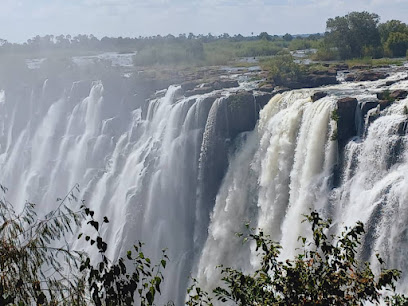
Bwabwata National Park Kwando Core Area
Discover the natural wonders of Bwabwata National Park's Kwando Core Area, where wildlife encounters and breathtaking landscapes await every visitor.
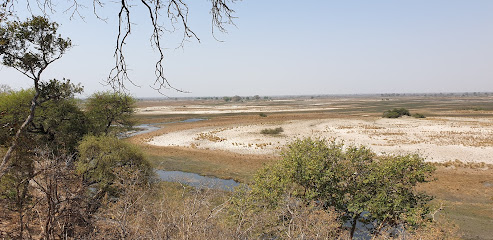
Namushasha Heritage Centre
Explore the vibrant culture of Namibia at Namushasha Heritage Centre, where history, art, and tradition come together in a unique experience.
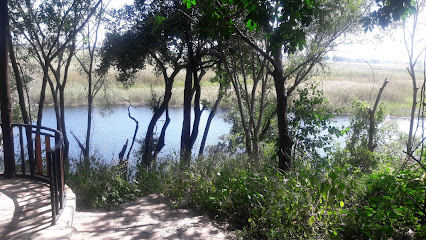
Lumbe Pools
Experience the tranquility of Lumbe Pools, a unique fishing camp and lodge nestled along the Lumbe River in Zambia's breathtaking wilderness.
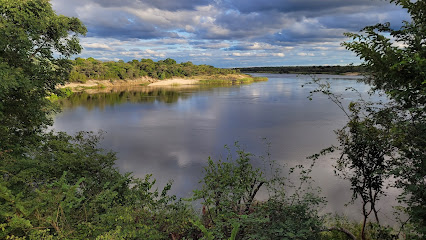
Lizauli Traditional Village
Explore the rich cultural heritage of the Kavango people at Lizauli Traditional Village, a captivating destination in Namibia.

Mashi Conservancy
Explore the breathtaking landscapes and rich wildlife of Mashi Conservancy, a hidden gem in Namibia perfect for nature lovers and eco-tourists.
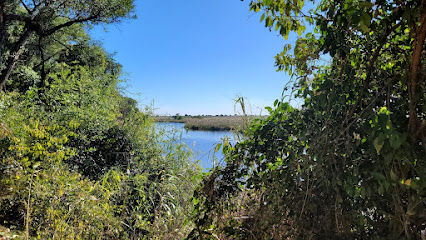
Royal balozi lodge
Experience the serene beauty and rich culture of Zambia at Royal Balozi Lodge, a perfect retreat for every traveler.
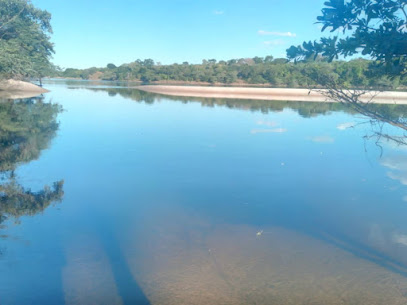
Essential places to dine
3 Trees Cafe
Experience authentic Zambian flavors at 3 Trees Cafe, where every meal tells a story amidst warm hospitality and vibrant culture.
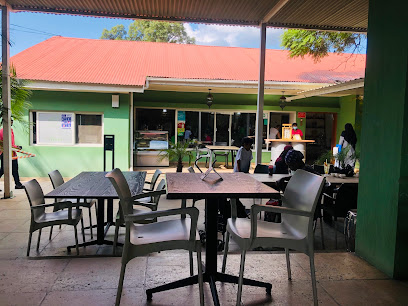
Avani Victoria Falls Resort
Discover unparalleled luxury at Avani Victoria Falls Resort, surrounded by breathtaking landscapes and rich wildlife experiences.
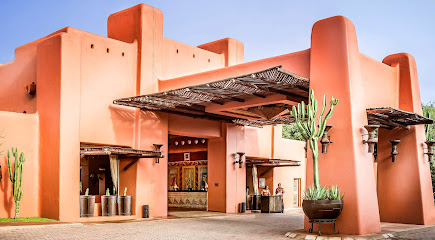
The Lookout Cafe - Wild Horizons
Experience breathtaking views and delicious local cuisine at The Lookout Cafe overlooking Victoria Falls.
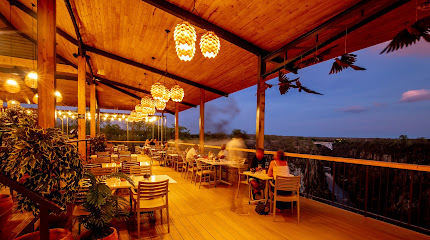
Marlin Restaurant
Experience the best steaks in Lusaka at Marlin Restaurant – where delicious flavors meet warm hospitality.
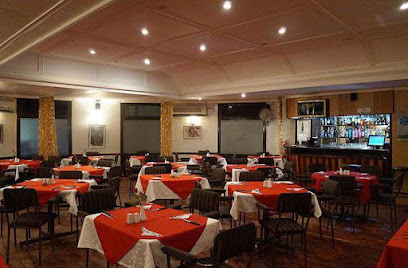
The Boma - Dinner & Drum Show
Immerse yourself in Zimbabwean culture at The Boma - Dinner & Drum Show with delightful cuisine and captivating performances.
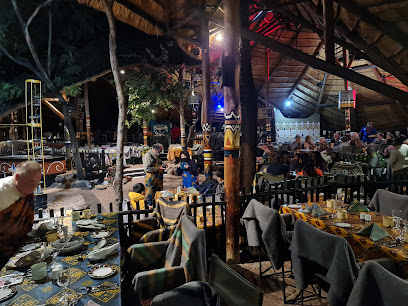
Lilayi Lodge
Experience luxury amidst nature at Lilayi Lodge - where comfort meets adventure in Zambia's beautiful landscapes.

The Royal Dil
Experience authentic Indian cuisine at The Royal Dil in Lusaka – where every dish is a celebration of flavor and tradition.

Mint Lounge
Discover the culinary delights at Mint Lounge in Lusaka – where local flavors meet international cuisine in a vibrant setting.
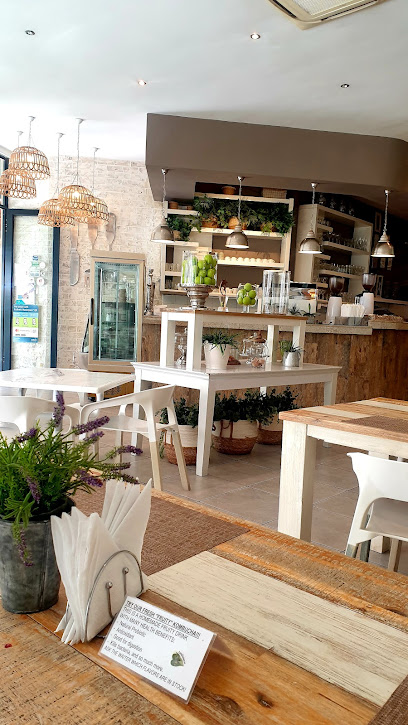
Dil Restaurant
Experience the vibrant flavors of India at Dil Restaurant in Lusaka - your go-to destination for authentic Indian cuisine.
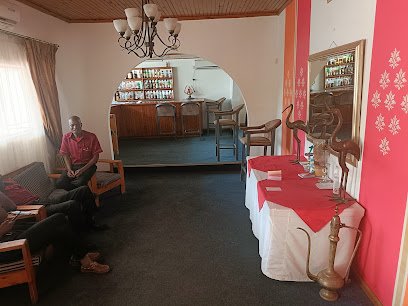
TWAPANDULA
Experience authentic Zambian grilling at TWAPANDULA in Lusaka – where flavor meets tradition in every bite.
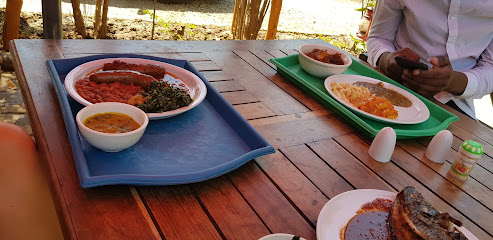
Dusty Road Township Experience
Experience authentic Zimbabwean cuisine at Dusty Road Township Experience - where tradition meets flavor in Victoria Falls.
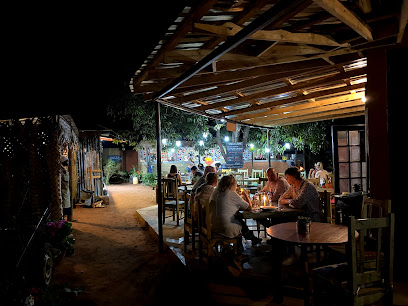
Cozy Restaurant & Lounge
Experience a blend of local Zambian flavors and international cuisine at Lusaka's Cozy Restaurant & Lounge.
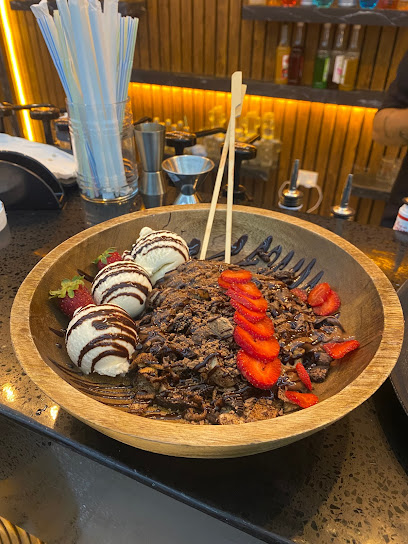
MaKuwa-Kuwa Restaurant
Experience the flavors of Zimbabwe at MaKuwa-Kuwa Restaurant while enjoying stunning views of nature and wildlife.

Chuma Grill
Experience the vibrant flavors of Zambia at Chuma Grill in Lusaka - where every meal is a celebration of local cuisine.
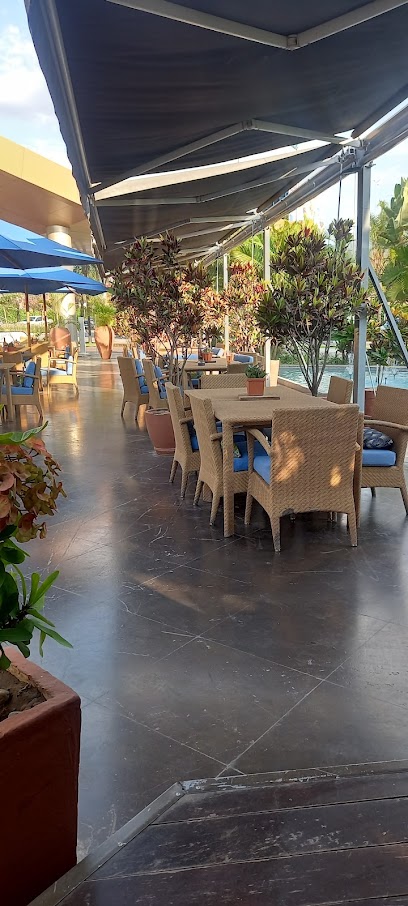
Unique Park Lodge
Experience authentic Zambian cuisine at Unique Park Lodge - where every meal is a celebration of local flavors and hospitality.
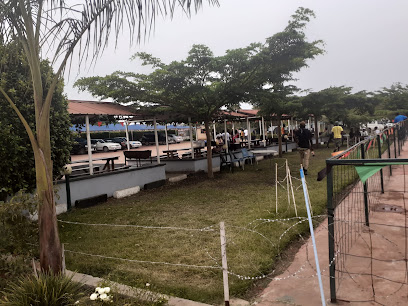
Markets, malls and hidden boutiques
EastPark Mall
Explore vibrant shopping, dining, and entertainment experiences at EastPark Mall, Lusaka's premier shopping destination.
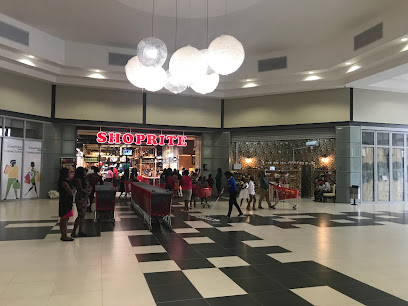
Levy Junction Shopping Mall
Discover the vibrant shopping and dining experience at Levy Junction Shopping Mall in Lusaka, Zambia, where local culture meets modern convenience.
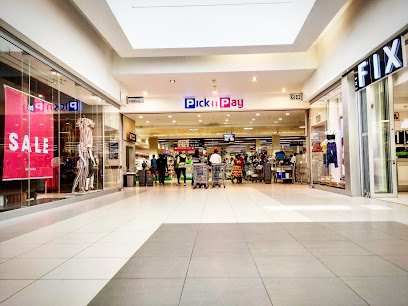
Arcades Shopping Mall
Explore Arcades Shopping Mall in Lusaka for an unforgettable shopping and dining experience, blending local culture with international flair.
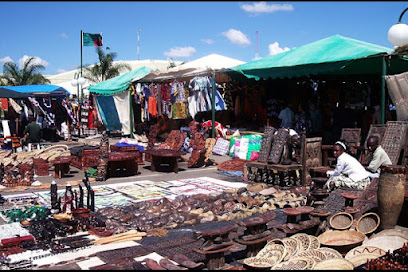
Chalala Mall
Discover Chalala Mall: Your ultimate shopping experience in Lusaka, blending local charm with modern retail.
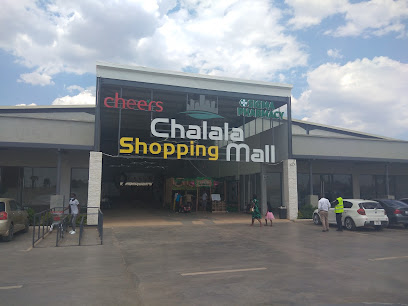
Iringa Shopping mall
Discover the best shopping experience in Lusaka at Iringa Shopping Mall with diverse clothing, handbags, and shoes for every taste.
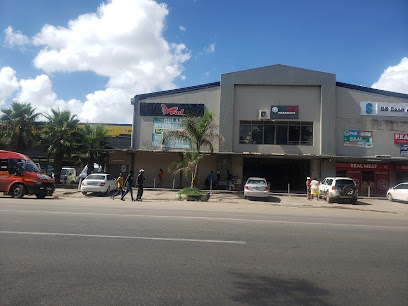
Kafue National Park
Explore Kafue National Park: Zambia's vast wilderness filled with extraordinary wildlife, stunning landscapes, and unforgettable safari adventures.
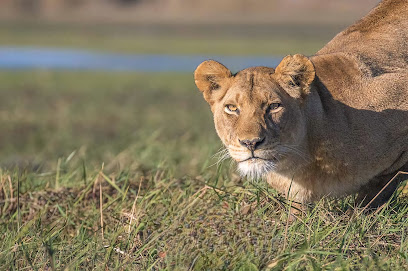
Kansanshi Hotel
Discover comfort and hospitality at Kansanshi Hotel, your ideal stay in Solwezi, Zambia, blending modern amenities with local charm.
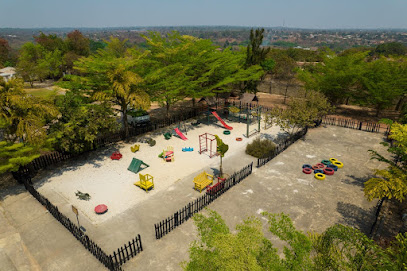
South Luangwa National Park
Experience the breathtaking beauty and diverse wildlife of South Luangwa National Park, a premier destination for adventure seekers and nature lovers in Zambia.
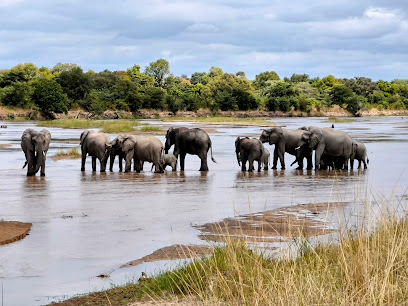
Mosi-oa-Tunya National Park
Explore Mosi-oa-Tunya National Park, home to stunning wildlife and breathtaking views of Victoria Falls in Zambia, a perfect destination for nature lovers.
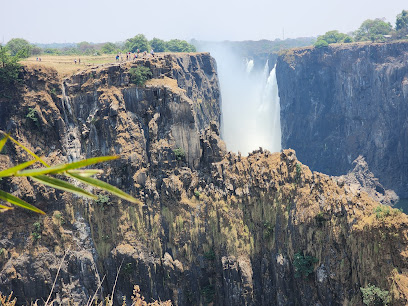
Micmar Lumumba
Discover a comprehensive range of building materials and tools at Micmar Lumumba, Lusaka's premier hardware store for all your DIY needs.

Mutanda Falls
Experience the breathtaking beauty of Mutanda Falls, a hidden gem in Zambia, where nature's serenity and wildlife thrive.
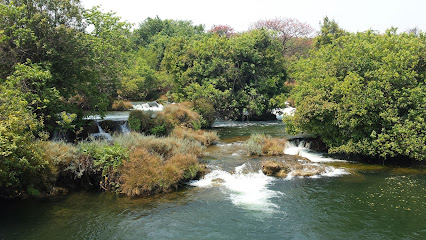
Henry Tayali Gallery
Immerse yourself in the vibrant world of Zambian art at the Henry Tayali Gallery, where creativity meets culture in the heart of Lusaka.
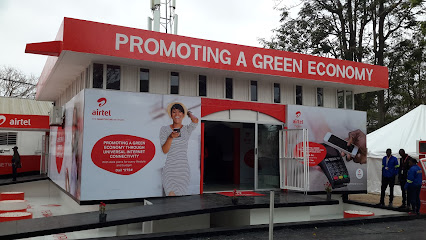
Kasanka National Park
Explore Kasanka National Park, Zambia's biodiversity hotspot, home to stunning wildlife and breathtaking landscapes perfect for nature lovers.

Sioma Falls
Experience the breathtaking beauty of Sioma Falls in Zambia, where nature's power and tranquility converge in a stunning vista.
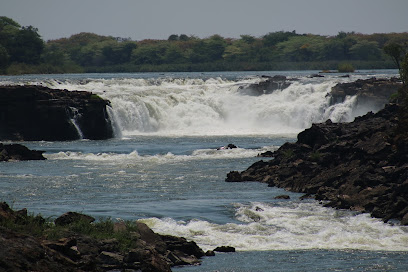
Kaza Kongola Shopping Centre
Explore the vibrant Kaza Kongola Shopping Centre in Namibia, a shopping haven with local flavors and diverse retail options.
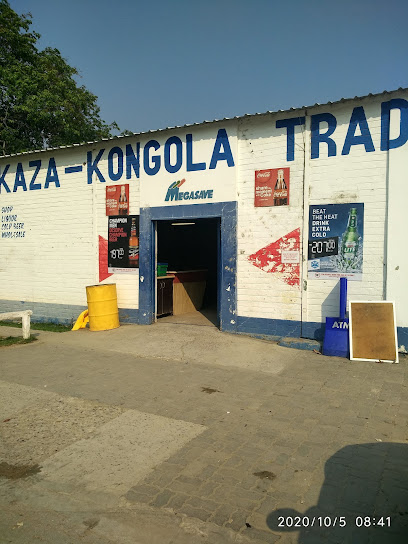
Essential bars & hidden hideouts
Georgies BAR & Grill
Discover a unique culinary experience at Georgies BAR & Grill, where traditional Zambian flavors meet international cuisine in a vibrant atmosphere.
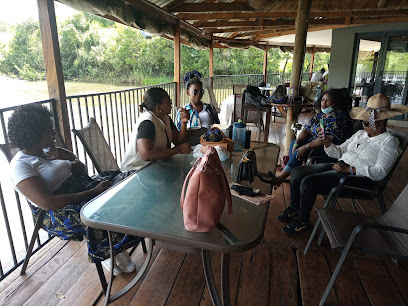
The Old Crow Pub
Discover the rustic charm and vibrant atmosphere of The Old Crow Pub, a top destination for drinks and local culture in Lusaka's Chilenje neighborhood.
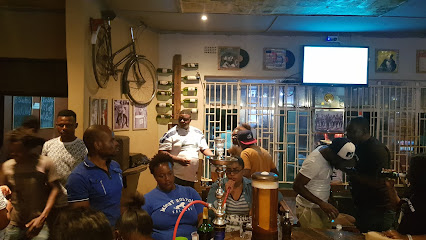
Qube Night Club
Explore the electrifying nightlife at Qube Night Club in Lusaka, where vibrant music, dancing, and unforgettable experiences await.
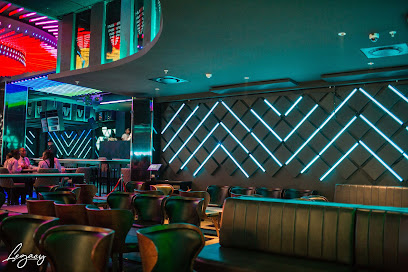
Shardonnay Wine Bar
Discover the charm of Shardonnay Wine Bar in Lusaka, where exquisite wines and a cozy ambiance await every visitor.
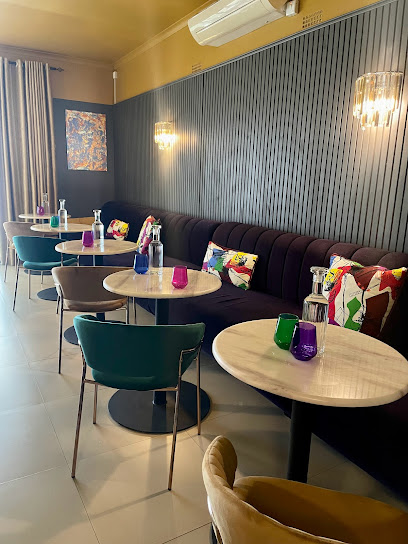
Vegas Hustlers Lounge
Unwind at the Vegas Hustlers Lounge in Solwezi, where vibrant nightlife meets a welcoming atmosphere for all visitors.
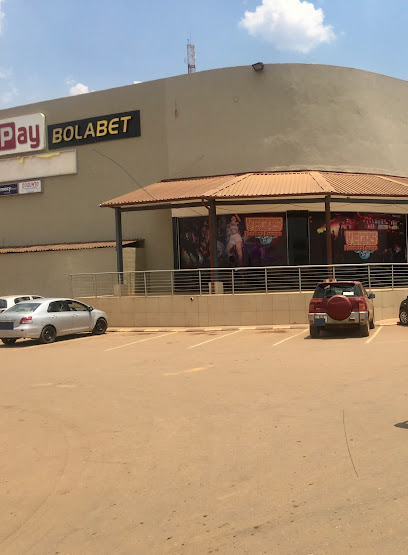
Free Fun
Discover the pulsating nightlife of Lusaka at Free Fun, a premier night club offering exceptional drinks and a vibrant atmosphere.
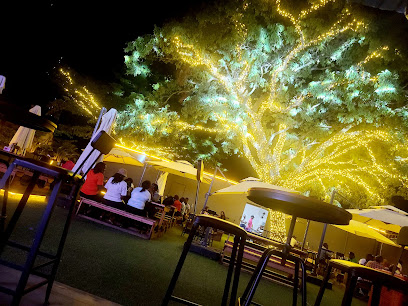
Club Zamani
Discover the vibrant nightlife at Club Zamani, Kongola's premier bar for drinks, music, and memorable local experiences.
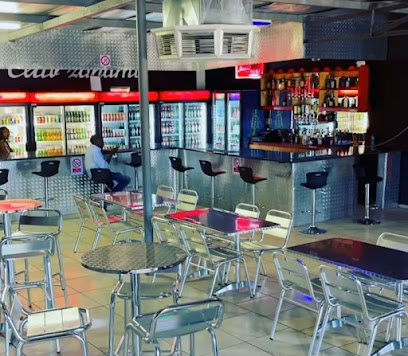
Pama Widows
Discover Pama Widows in Solwezi, a lively bar that offers a taste of Zambian culture, refreshing drinks, and a vibrant atmosphere perfect for socializing.

CHIMWASE LODGES & BAR
Discover the vibrant nightlife at Chimwase Lodges & Bar, a must-visit destination for an unforgettable experience in Lusaka, Zambia.

Marula Bar
Experience the elegance of Marula Bar in Lusaka, where local charm meets luxurious relaxation in a stylish lounge setting.
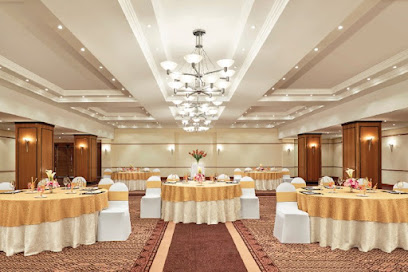
Matsosi Park
Experience the vibrant local culture at Matsosi Park, a lively bar in Chipata, Zambia, perfect for socializing and relaxation.
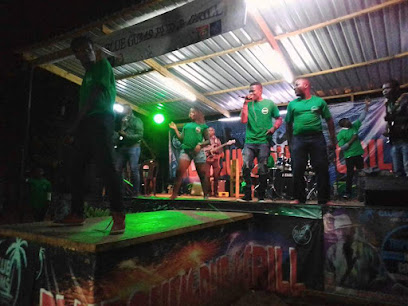
Sinoya complex
Discover the flavors of Zambia at Sinoya Complex, Chipata's top grill destination, where every bite offers a taste of local culinary heritage.
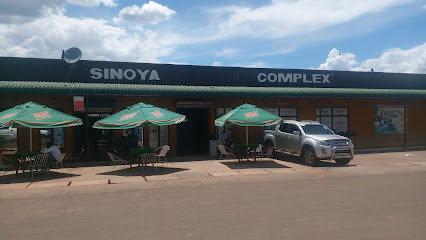
MuzzBagg Shoka's Pub & Grill
Discover the vibrant flavors and warm hospitality of Zambia at MuzzBagg Shoka's Pub & Grill in Solwezi, a true cultural gem.
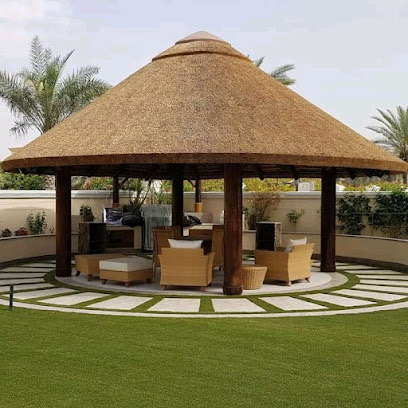
DasLees Shoka Nyama
Experience the vibrant culinary scene at DasLees Shoka Nyama, Solwezi's top destination for grilled delights and social gatherings.
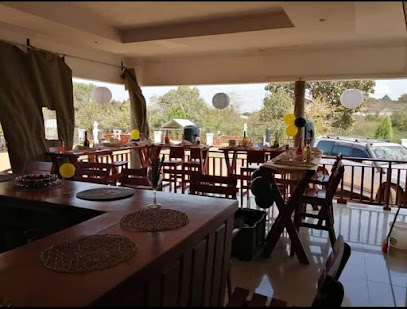
Good times bar
Experience the vibrant nightlife at Good Times Bar in Solwezi, where refreshing drinks and a lively atmosphere await you.
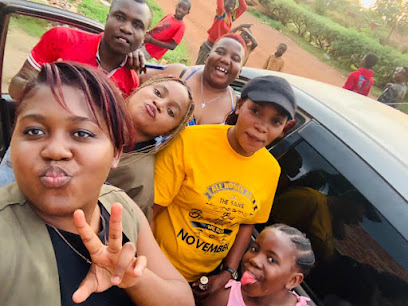
Local Phrases about Sioma Ngwezi National Park
-
- HelloShani
[SHAH-nee] - GoodbyeKabotu
[kah-BOH-too] - YesEyo
[AY-yoh] - NoAyi
[AH-yee] - Please/You're welcomeMwapona
[mwah-POH-nah] - Thank youZikomo
[zee-KOH-moh] - Excuse me/SorryPepani
[peh-PAH-nee] - How are you?Muli bwanji?
[moo-lee bwahn-jee] - Fine. And you?Njema. Iwe?
[NJAY-mah. EE-way?] - Do you speak English?Mukutanthauzana chizungu?
[moo-koo-tahn-thow-ZAH-nah chee-ZOONG-goo] - I don't understandSindifuntha
[sin-dee-foon-tah]
- HelloShani
-
- I'd like to see the menu, pleaseNdikufuna kuyang'ana mmenyu, chonde
[n-dee-koo-foo-nah koo-yah-ngah-nah mmehn-yoo, CHOHn-deh] - I don't eat meatSindidya nyama
[sin-dee-dyah nyah-mah] - Cheers!Tiwonana!
[tee-waw-NAH-nah] - I would like to pay, pleaseNdikufuna kulipira, chonde
[n-dee-koo-foo-nah koo-lee-pee-rah, CHOHn-deh]
- I'd like to see the menu, pleaseNdikufuna kuyang'ana mmenyu, chonde
-
- Help!Mulongosi!
[moo-lawn-GOH-see] - Go away!Onani!
[oh-NAH-nee] - Call the Police!Pemphani Polisi!
[pehm-PAH-nee poh-LEE-see] - Call a doctor!Pemphani dokotala!
[pehm-PAH-nee doh-kaw-TAH-lah] - I'm lostNdimakwiya
[n-dee-mah-KWEE-yah] - I'm illNdisowa
[n-dee-SOH-wah]
- Help!Mulongosi!
-
- I'd like to buy...Ndikufuna kugula...
[n-dee-koo-foo-nah koo-GOO-lah...] - I'm just lookingNdikudabwa
[n-dee-koo-dah-bwah] - How much is it?Ndiyani?
[n-dee-YAH-nee?] - That's too expensiveIzi ndizachilendo kwambiri
[EE-zee n-dee-zah-chee-LEN-doh kwahm-BEE-ree] - Can you lower the price?Mukhozere mphamvu?
[moo-kaw-ZEH-reh mm-PAHM-voo?]
- I'd like to buy...Ndikufuna kugula...
-
- What time is it?Izii ndi nthawi yoti?
[EE-zee n-dee n-TAH-wee YOH-tee?] - It's one o'clockNdi nthawi yopeza
[n-dee n-TAH-wee yoh-PEH-zah] - Half past (10)Ndi nthawi yayitatu kunyumba
[n-dee n-TAH-wee yah-yee-TAH-too koo-nyoom-bah] - MorningUsiku
[oo-SEE-koo] - AfternoonMawa
[MAH-wah] - EveningMphiri
[m-PHEE-ree] - YesterdayNtondo
[n-TOHN-doh] - TodayLero
[LEH-roh] - TomorrowMawa
[MAH-wah] - 1Mosi
[MOH-see] - 2Yosi
[yoh-SEE] - 3Tatu
[TAH-too] - 4Inayi
[ee-NAH-yee] - 5Tanowu
[TAH-noh-wuh] - 6Tanofu
[TAH-noh-foo] - 7Tanoyi
[TAH-noh-yee] - 8Tanoya
[TAH-noh-yah] - 9Tanotatu
[TAH-noh-TAH-too] - 10Tanoza
[TAH-noh-zah]
- What time is it?Izii ndi nthawi yoti?
-
- Where's a/the...?Kaleko...
[KAH-lee-koh...] - What's the address?Adilesi yabwino ndi yanji?
[ah-DEE-leh-see yah-BWEEN-oh n-dee yahn-jee?] - Can you show me (on the map)?Mukhozere kundionetsera (pamapu)?
[moo-kaw-ZEH-reh koon-dyoh-neh-tseh-rah (pah-MAH-poo)?] - When's the next (bus)?Kaleko busi yomwe?
[KAH-lee-koh BOO-see yohm-way?] - A ticket (to ....)Tikiti (kwa ....)
[tee-KEE-tee (kwah ....)]
- Where's a/the...?Kaleko...
History of Sioma Ngwezi National Park
-
Before the advent of European colonization, the region where Sioma Ngwezi National Park is located was inhabited by the Lozi people. They were renowned for their intricate social structures and prolific trade networks. The Lozi Kingdom, under the leadership of the Litunga (king), managed to establish a complex society that thrived on fishing, agriculture, and trade, particularly with neighboring tribes and distant traders.
-
The late 19th and early 20th centuries saw the arrival of European colonizers in Zambia, then known as Northern Rhodesia. The British South Africa Company, led by Cecil Rhodes, began to exert influence in the region. The imposition of colonial rule disrupted the traditional way of life for the Lozi people, but it also brought about infrastructure development that later facilitated the creation of national parks.
-
Sioma Ngwezi National Park was officially established in 1972. Its creation was part of Zambia's broader effort to conserve its natural resources and promote tourism. The park spans over 5,000 square kilometers, making it one of the largest protected areas in the country. It was set aside to protect the diverse ecosystems and wildlife species, including elephants, lions, and various antelope species, that inhabit the region.
-
Over the decades, Sioma Ngwezi National Park has been a focal point for various conservation initiatives. Anti-poaching measures have been intensified to protect the park's elephant population, which has been a target for ivory poachers. Collaborations with international wildlife organizations have facilitated the implementation of modern conservation techniques and community-based programs aimed at sustainable development.
-
The cultural heritage of the Lozi people is still very much alive in the region surrounding Sioma Ngwezi National Park. Traditional ceremonies such as the Kuomboka, which celebrates the Litunga's move from the flooded plains to higher ground, attract numerous visitors each year. The park also serves as a repository of Lozi folklore, traditional medicinal knowledge, and age-old crafts, thereby preserving and promoting the cultural richness of the area.
-
In recent years, Sioma Ngwezi National Park has seen improvements in infrastructure, with better roads and lodges enhancing the experience for visitors. The Zambian government, along with international partners, continues to invest in the park's development to boost eco-tourism. The park is now part of the Kavango-Zambezi Transfrontier Conservation Area, a vast network of protected areas that aims to enhance wildlife conservation and promote regional tourism.
Sioma Ngwezi National Park Essentials
-
Sioma Ngwezi National Park is located in the southwestern part of Zambia, near the borders with Namibia and Angola. The nearest major city is Livingstone, which has an international airport - Harry Mwanga Nkumbula International Airport. From Livingstone, you can drive to Sioma Ngwezi National Park, which takes approximately 5 to 6 hours via the M10 and D787 roads. Alternatively, you can arrange for a charter flight to Kalabo Airstrip, which is closer to the park. It's advisable to hire a 4x4 vehicle for the journey due to the rough terrain.
-
Within Sioma Ngwezi National Park, the most practical mode of transportation is a 4x4 vehicle, necessary for navigating the park's unpaved and often challenging roads. You can either rent a 4x4 vehicle from Livingstone or Kalabo or arrange transportation through a tour operator. There are no public transport options within the park, so self-driving or guided tours are the best ways to explore. Ensure that you have adequate fuel, as there are no fuel stations within the park.
-
The official currency in Zambia is the Zambian Kwacha (ZMW). While larger hotels and lodges may accept credit cards, it's best to carry enough cash for your trip, especially when venturing into more remote areas like Sioma Ngwezi National Park. ATMs are available in Livingstone and Kalabo, so make sure to withdraw sufficient cash before heading to the park. USD is also widely accepted, but it is advisable to have Zambian Kwacha for smaller transactions and tips.
-
Sioma Ngwezi National Park is generally safe for tourists, but it is always important to take standard precautions. Avoid leaving valuables unattended and be cautious when driving, as some areas can be remote and isolated. There are no specific high-crime areas targeting tourists within the park, but always stay vigilant. Wildlife can also be a hazard, so follow all park guidelines and never approach animals closely. Avoid walking alone at night, both within the park and in nearby towns.
-
In case of an emergency, contact the nearest park office or ranger station. It's advisable to have a satellite phone, as mobile coverage can be limited. For medical emergencies, the nearest well-equipped hospitals are in Livingstone. Ensure that you have comprehensive travel insurance that covers medical evacuation. Familiarize yourself with the locations of embassies and consulates in Zambia. The emergency number in Zambia is 999 for police, 993 for medical emergencies, and 995 for fire services.
-
Fashion: Do wear comfortable, breathable clothing suitable for safari conditions. Avoid bright colors that can disturb wildlife. Religion: Do respect local customs and traditions; Zambia is predominantly Christian, but traditional beliefs are also prevalent. Public Transport: Do not rely on public transport within the park; always arrange private or guided transportation. Greetings: Do greet locals with a friendly handshake and a smile. Eating & Drinking: Do try local cuisines and accept food offerings graciously. Don’t drink tap water; always consume bottled or purified water.
-
To experience Sioma Ngwezi National Park like a local, consider visiting during the off-peak season for a quieter, more intimate experience with nature. Engage with park rangers and guides, who can share fascinating insights about the park's history and wildlife. Don't miss the chance to visit the nearby Sioma Falls on the Zambezi River. For an authentic experience, try camping at one of the designated campsites within the park. Always follow the 'Leave No Trace' principles to preserve the park's natural beauty.
Nearby Cities to Sioma Ngwezi National Park
-
Things To Do in Kasane
-
Things To Do in Livingstone
-
Things To Do in Victoria Falls
-
Things To Do in Maun
-
Things To Do in Hwange
-
Things To Do in Rundu
-
Things To Do in Lusaka
-
Things To Do in Kariba
-
Things To Do in Francistown
-
Things To Do in Kabwe
-
Things To Do in Tsumeb
-
Things To Do in Solwezi
-
Things To Do in Serowe
-
Things To Do in Selebi-Phikwe
-
Things To Do in Palapye

